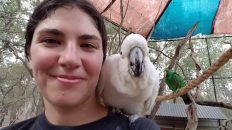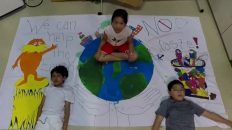I don’t think I can even put into words how much I despise plastic. Plastic bags, plastic to-go containers, plastic straws, plastic cups, plastic bottles – our world is becoming more and more plastic.
And it needs to stop.
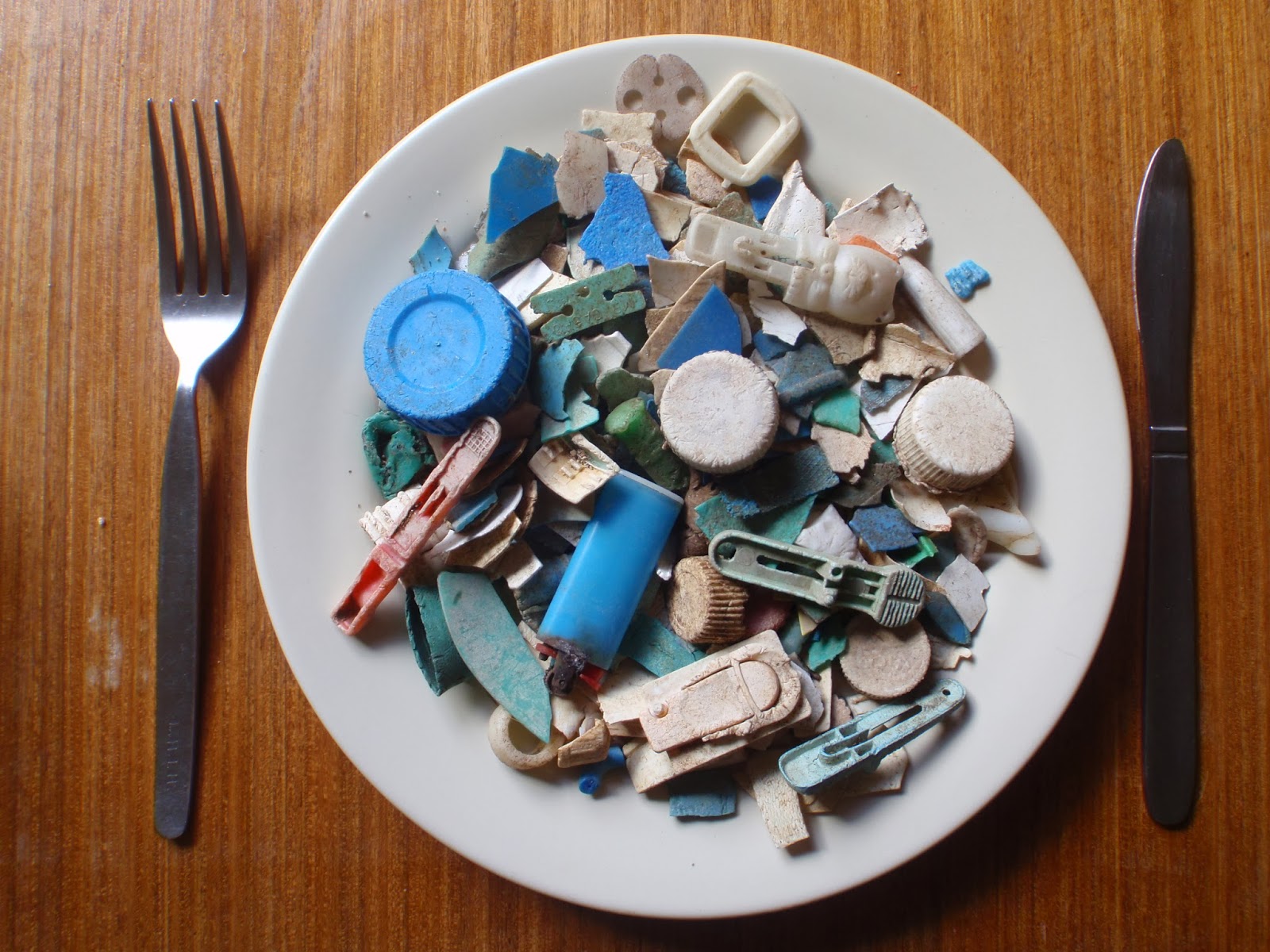 If you don’t already know this, there are 5 trash gyres, or trash islands, on our planet – one in the Indian Ocean, two in the Atlantic Ocean, and two in the Pacific Ocean. The largest one, in the northern hemisphere of the Pacific, is what a lot of people talk about, because that trash island is about 3 times the size of Texas. Our obsession with single use everything is making all of them bigger every day.
If you don’t already know this, there are 5 trash gyres, or trash islands, on our planet – one in the Indian Ocean, two in the Atlantic Ocean, and two in the Pacific Ocean. The largest one, in the northern hemisphere of the Pacific, is what a lot of people talk about, because that trash island is about 3 times the size of Texas. Our obsession with single use everything is making all of them bigger every day.
On this trip, I brought a mason jar to fill with water wherever I go. I didn’t take into account that I wouldn’t have access to clean water, at least not in China. The school I am teaching at, DT Club, there is a water fountain that has a filter on it, so I fill up there. But when I am at my apartment, or anywhere else, I have to drink from bottled water.
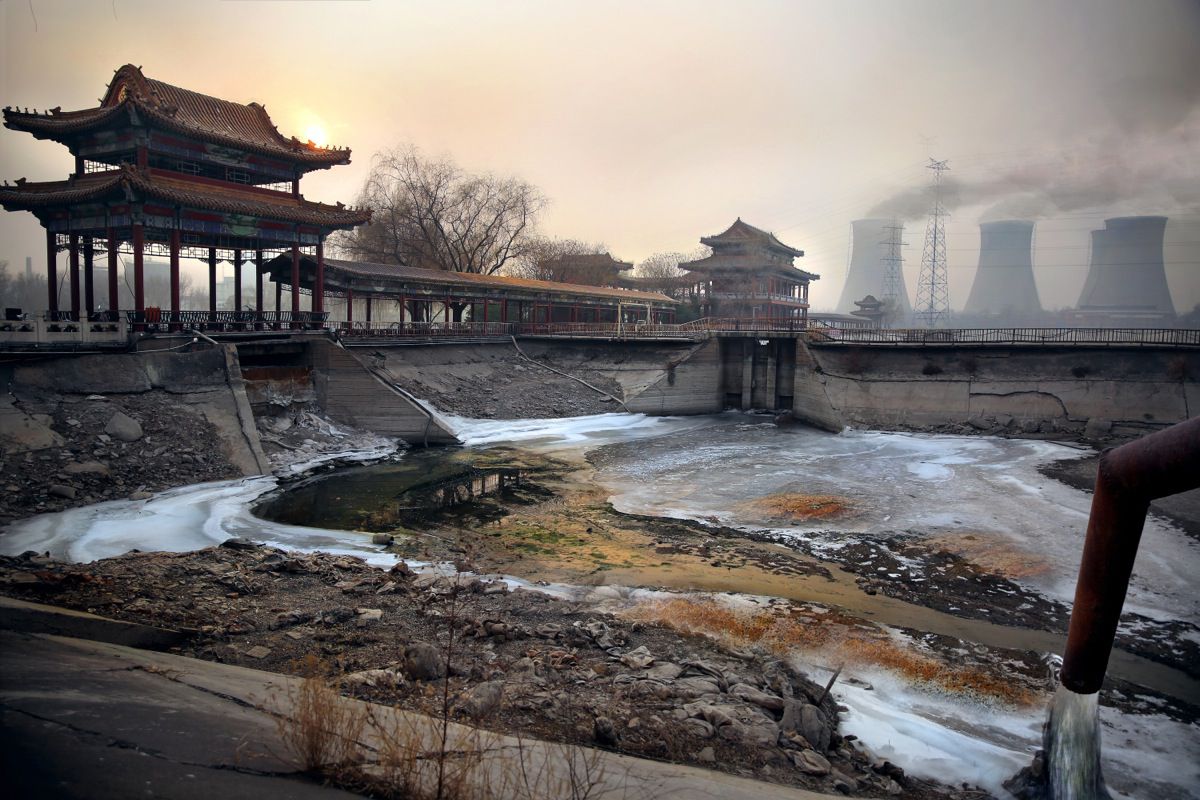 Of course one of the most polluted countries in the world has some of the worst water. Why? Because factories that bellow smog and terrible air pollution also disperse “shluppity shlup and gluppity glup” (to quote the Lorax) into the precious water systems. When I was at an orphanage for kids with special needs, in a village called Shang Di, we had to brush our teeth with bottled water.
Of course one of the most polluted countries in the world has some of the worst water. Why? Because factories that bellow smog and terrible air pollution also disperse “shluppity shlup and gluppity glup” (to quote the Lorax) into the precious water systems. When I was at an orphanage for kids with special needs, in a village called Shang Di, we had to brush our teeth with bottled water.
I saw my friends/teachers drinking from bottled water more than they were using the filter system at school, and had to do something with all those bottles. Even though I knew the plastic would go to the right place (since China’s recycling system is better than USA’s, because their workers use their hands to pick out and clean the recyclables), I had to show them all of the waste we were creating.
And what better way to show them than through education?
At first, I used the plastic bottles to create compost containers – you can see that lesson in my first vlog post about China. But, as plastic waste always does, the bottles kept coming. My bottle pile in my room was enormous – students even started bringing in plastic bottles from home too!
I showed my students a social story I created about plastic waste, had some great discussions about what happens when we throw anything out, and then started an amazing project.
The end result was two large statues, made out of plastic bottles, containers, and cups. The students decided what to create (through writing prompts and discussions) and decided to make a large trash bin (how appropriate) and an Earth Transformer (his name is Di Qiu, or Earth in Mandarin). These two statues are in the front entrance of our school, along with informational posters (made from recycled paper, thankyouverymuch) from what the students learned in our class this summer.
A few of the teachers walked by and were stunned by the statistics: Did you know it takes 500 to 1,000 years for plastics to break down? Did you know Americans use plastic straws so much that they could fill Yankee Stadium 9 times each year? One even commented “That’s crazy that those are all of the bottles we used this summer, I see the ones with my name on them.”
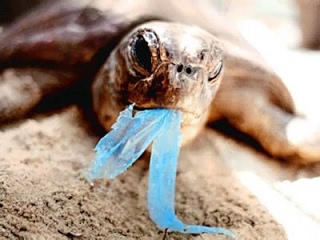 What’s crazier is we aren’t doing anything to alter this plastic waste behavior.
What’s crazier is we aren’t doing anything to alter this plastic waste behavior.
Below is a summary lesson of a multitude of lessons about plastic waste. The putting together of the trash bin and the Transformer took over a week, because the students had to figure out how to keep the statues free standing. There were so many beautiful (student-led) conversations, about all of the plastic that we have in our lives, as well as what to use for each of the statues, where to put the items, and how to connect everything.
As a teacher, it was great to see the students so engaged and discussing something that I have so much passion for, and it was a challenge for me to let them make mistakes and problem solve with each other (and without me). Me and my amazing assistant Judy did help put the statues together, but we took orders from the kids.
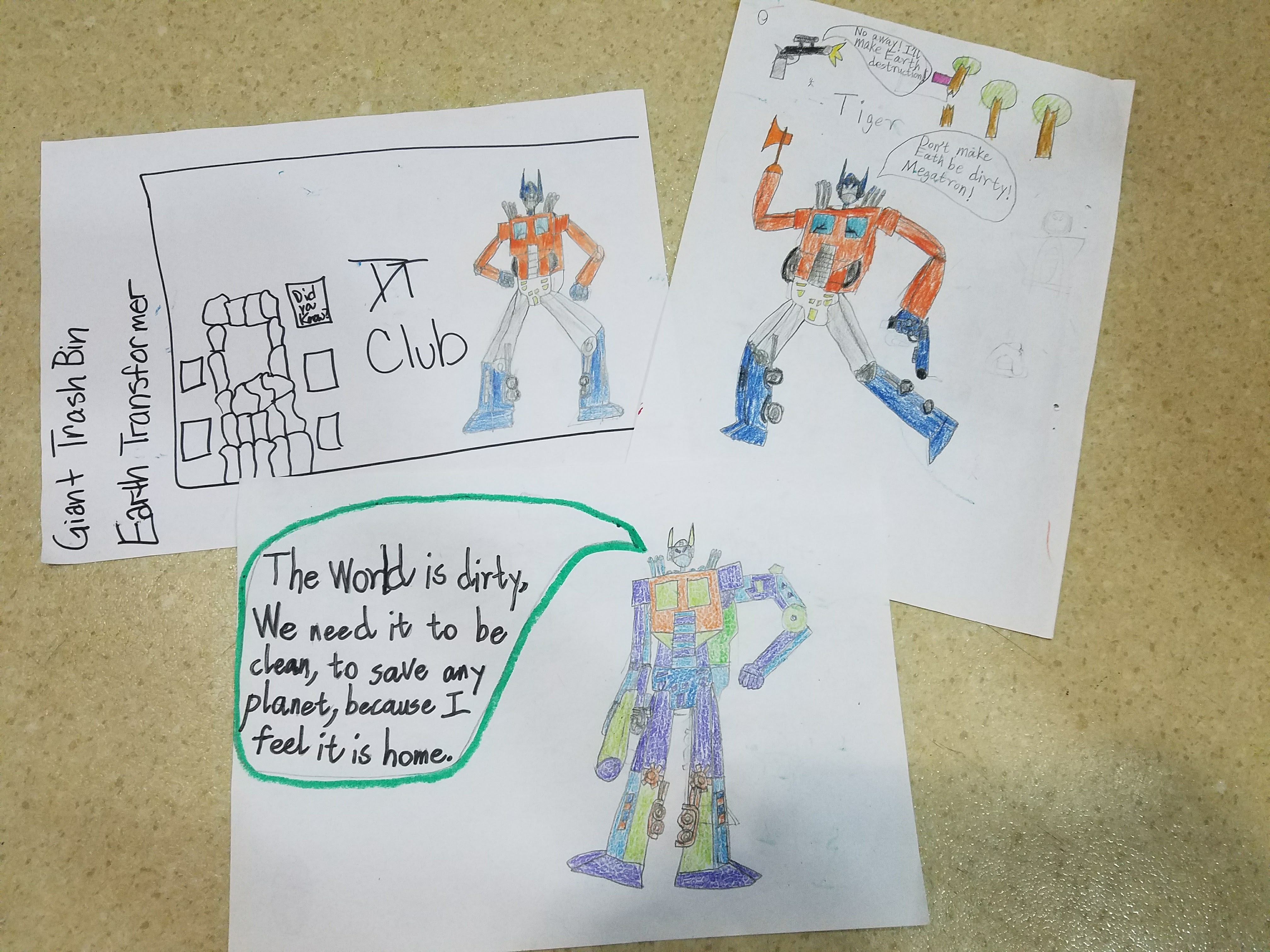 Along with the statues, I created (with the students) a Public Service Announcement, or PSA, about Plastic Waste. Prior to coming to China, I also created a video/skit with my little cousins and their friends about smog and changing the practices of big corporations and factories, called King Smog vs. the Loraxes. Through my Earth Unit at School, we created a music video to spread environmental awareness to the tune of Justin Beieber’s “Sorry” titled “Sorry Earth“. Along with tangible creations like statues, PSA’s, music videos, and theatre projects are great ways to have the students think creatively and let them educate each other about an environmental issue like smog or plastic pollution.
Along with the statues, I created (with the students) a Public Service Announcement, or PSA, about Plastic Waste. Prior to coming to China, I also created a video/skit with my little cousins and their friends about smog and changing the practices of big corporations and factories, called King Smog vs. the Loraxes. Through my Earth Unit at School, we created a music video to spread environmental awareness to the tune of Justin Beieber’s “Sorry” titled “Sorry Earth“. Along with tangible creations like statues, PSA’s, music videos, and theatre projects are great ways to have the students think creatively and let them educate each other about an environmental issue like smog or plastic pollution.
If this lesson benefits you and your classroom in any way, I would really love to know! You can message me through the “Contact” section, and/or please fill out this 4 question survey.
The Plastic Project
Suggested books: The Lorax by Dr. Seuss, How to Help the Earth by the Lorax by Trisha Rabe, Uno’s Garden by Graeme Base, The Adventures of Gary and Harry by
Objective: You will educate others about plastic waste in a creative way. You will reduce the plastic waste you make in your everyday life.
Essential Questions:
- Why do you use plastic? What do you use it for?
- How much plastic waste do you think you make in one day? In one week?
- Where does the plastic go when you throw it away?
- What impact do you think your choices have on the planet?
- Does your plastic waste add to the Trash Islands?
Materials:
- Plastic single use anything – containers, cups, bottles (and bottle tops), etc.
- It is important to stress that the soda and food containers had to be cleaned before including them on the statues. Since we wanted these to make a lasting impact, we couldn’t have rodents, or anything growing in/on these statues!
- Cardboard boxes
- Foil tape
- Packing tape
- Glue guns and glue sticks
- Writing journals
- Paper (preferably ones that have something written on one side – to model reusing)
- Colored pencils/markers/crayons
- how to help our earth, by the Lorax/Miss Rara
Procedure: Using the above listed books, videos about Trash Island and Plastic Waste, and the Essential Questions, have multiple conversations about student’s individual impacts and how to change their (and their families) plastic waste habits.
Read with students the How to Help Our Earth social story and show them the Plastic Waste PSA, Lorax Factory Skit, Sorry Earth Music Video, and the above Video Blog. Have students write (on recycled paper or in a notebook) one or more responses on their feelings/opinions/reactions to the videos and Trash Islands. Use the above Essential Questions, or create a prompt yourself.
After the verbal and written response prompts sharing, ask the students “What do you want to do to educate others about this issue?” This can be a teacher or student-led discussion. The students can then vote on a project, and what gets created (what song to use, what statue to create, how to promote, etc.), or you can group students together to make multiple projects. Note: if you decide to do a PSA, skit, or music video, it will benefit you to have video editing software, like iMovie or Wondershare Filmora.
Please share your work with me! I would love to see how others do a beautiful project like this.


